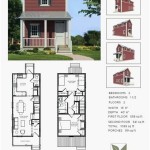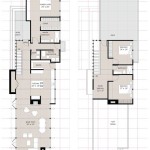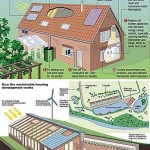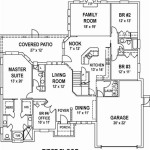Simple Wood Bird Feeder Plans
Bird feeders are a delightful addition to any backyard, providing a source of food for feathered friends and offering hours of entertainment for observers. Constructing a simple wood bird feeder is a rewarding project that can be completed with basic woodworking skills and readily available materials. This article will guide you through the process of building a functional and aesthetically pleasing bird feeder, offering detailed plans and instructions for a straightforward design.
Choosing Your Materials
The first step in building your bird feeder is choosing the right materials. Most feeders are constructed from wood, offering natural aesthetics and durability. Consider using untreated cedar or redwood, which are naturally resistant to rot and insects. Pine or fir are also viable options, but may require additional protection with paint or sealant to extend their lifespan. For added strength and stability, consider using plywood for the base or platform of your feeder.
Beyond the structural components, you'll need materials for feeding and protection. Choose a bird-friendly seed tray or platform made from durable materials like plastic or metal. For a more rustic look, you can utilize a piece of salvaged wood or even a ceramic dish. To prevent rain from damaging the seeds and making them unusable, construct or purchase a roof for your feeder. This can be a simple gable roof or a more elaborate design. For a more complex design, you may need to purchase materials such as galvanized metal or roofing shingles for the roof.
Building the Bird Feeder Structure
With your materials gathered, you can begin constructing the bird feeder. First, cut the wood to the desired dimensions using a saw. For a simple bird feeder, you might choose to create a rectangular platform with a square or rectangular roof. Ensure your measurements are precise and your cuts are straight for a visually appealing and functional feeder.
Next, use wood glue and nails or screws to assemble the structure. For a more secure and durable connection, use wood glue for primary joinery and screws for extra strength. A drill and countersink bit can create clean-looking screw holes that won't tear at the wood as you tighten them. After the feeder is assembled, ensure all edges are smooth and free of splinters to protect the birds. You can use sandpaper to smooth out any rough edges or smooth out rough spots with a block plane.
Adding the Finishing Touches
With the basic structure complete, the next step is to add the finishing touches. First, attach the seed tray or platform to the base of the feeder. Ensure it is securely mounted and level to provide an easy and comfortable surface for the birds. Next, attach the roof to the feeder. If the roof design is simple, you can attach it directly to the platform. If you're using a more complex design, you'll need to build a frame for the roof and attach it to the base.
Finally, add any decorative elements you prefer. You could add a perch for the birds to sit on, a decorative finial to the roof, or paint the feeder in bright colors. Consider using weather-resistant paint or stains to protect the wood and enhance the aesthetic appeal.
Safety Considerations
Before placing your feeder in your backyard, ensure it is safe for the birds. Make sure there are no sharp edges or protruding elements that could injure them. Avoid using chemicals like insect repellents or pesticides anywhere near the feeder, as these can be harmful to birds.
Additionally, consider the placement of your feeder. Position it in a location where it is accessible for birds but out of reach of predators like cats. Ensure the feeder is securely mounted to prevent it from being knocked down by wind or rain, and make sure the feeder is easily accessible for cleaning and refilling.
Benefits of Building a Bird Feeder
Building a simple wood bird feeder is a rewarding and fulfilling project that can be completed by individuals of all skill levels. Not only is it a fun and creative activity, but it also brings numerous benefits. First, it allows you to contribute to providing a vital food source for birds in your local ecosystem, enriching their habitat and supporting biodiversity.
Second, a bird feeder encourages closer interactions with nature, allowing you to observe the diverse array of birds visiting your yard. This can provide a sense of connection with the natural world and offers opportunities for learning about the different species that inhabit your area. Finally, it fosters a sense of accomplishment and satisfaction in creating something functional and decorative for your backyard.

Homemade Bird Feeder

Diy Bird Feeder 4 And 20 Minutes To Make 100 Things 2 Do

Free Bird Feeder Plans

Build A Bird Feeder Free Plans Construct101

Diy Bird Feeder Material List Construct101

How To Make A Bird Feeder With Plans

Best Diy Birdhouse Feeder Plans Ana White

Make A Stylish Cedar Bird Feeder For

My Dinky Bird Feeder Downeast Thunder Farm

Homemade Bird Feeder
Related Posts








